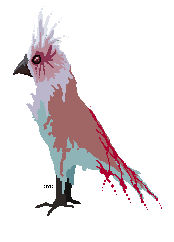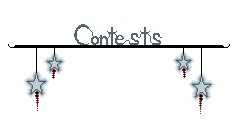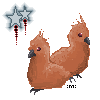So what are Crested Driftwood Finches anyway? First things first: They aren't actually finches. Scientists who first spotted them in southern Florida couldn't get close enough to get a good look at them, so they named them Crested Finches. Eventually, once they had learned more about them, the name still stuck. They added "Driftwood" to the name, and that has been their name ever since.
 Appearance
Appearance
For a North American bird, Crested Driftwood Finches are very colorful. One of the main details that seperates the Crested Driftwood Finch from other birds is it's apparent lack of wings. However, scientists have still found the skeletal structures of wings inside their skeleton. The base of the bird's body is usually a pale color, that can be a shade of pink, orange, mint, green, or blue. On rarer occasions, finches with purple bodies may appear. There is also a saddle marking on the finch that is usually a darker shade of their main color, but can be any of the colors listed above, including cinnamon. The bird's face is very pale compared to the rest of the body, the crest on the top of it's head is a very light shade of off white. Both genders have long, whisker like hairs rising from their crests, small beads made out of cartilage are gently placed along these hairs. Male finches also possess these hairs on their cheeks, and also have very colorful tails. These tails are web-like in appearance, and range from blood red, tomato, magenta, or sky blue. Fine hairs are also placed in-between the tail feathers, overall giving the male Crested Driftwood Finch a fierce some appearance.
 Mating
Mating
The male Crested Driftwood Finch is the dominant of the pair, often using brute force to get his way. If luring the female by displaying the feathers on his cheeks does not work, he will grab the cartilage beads on the female's crested head and drag her towards the rest of his flock. It is worth noting that male finches do not choose a single mate for the rest of their lives, but choose multiple mates that form a small flock. The mating ritual itself is quite simple compared to that of other birds, the male lets out a shrill chirp before mounting the female, to which she often protests.
 Nesting
Nesting
Crested Driftwood Finches build their nests in a similar manner to that of a Reed Warbler, with two main differences. The first is that because of the males' large flocks, females build their nests very close to each other, with varying heights that give the nests a castle like appearance. The second is what the nest is made of. Finches build their nests out of mud and straw weaved into a cup shaped format, lining the nest carefully with their feathers and dried grasses. Researchers have also found the bones of other small animals such as mice and other birds in nests, stacked in a neat pile, which suggests that they hoard bones.
 Raising Young
Raising Young
The female finch lays four to six eggs on average of a brilliant cinnamon color, that hatch within approximately two weeks. The young hatch with a persimmon colored down, which gradually turns into many delicate shades of blues and reds as they age. The parents feed their young various beetles and seeds, as well as the occasional tadpole taken from the swamp. The chicks down soon falls out, replaced with fine, colorful feathers. The parents eagerly collect the down to line the nest for future generations of finches. Crested Driftwood Finches fledge from the nest at four weeks old, and for several days after that the parents still feed their young until they learn how to find their own food.
 Territorial
Territorial
Male finches often compete over nesting grounds and females to add to their own flocks. When two males begin fighting, they aggressively hop towards each other, cackling and shrieking while displaying their cartilage beads and fanning their web-like tails. If the opponent does not give in, which they rarely do, they will begin pecking at each others' eyes and beads, determined to inflict maximum damage on their enemy. The fight will only stop if one of the males submits or dies.
Text, images, and species copyrighted © to :Malicious:, user #41618. Do not steal or copy in any way.

 Our History
Our History 

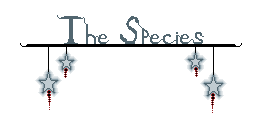

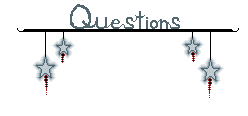
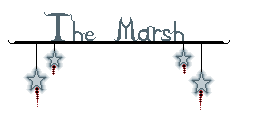
 Do not take what is not yours
Do not take what is not yours